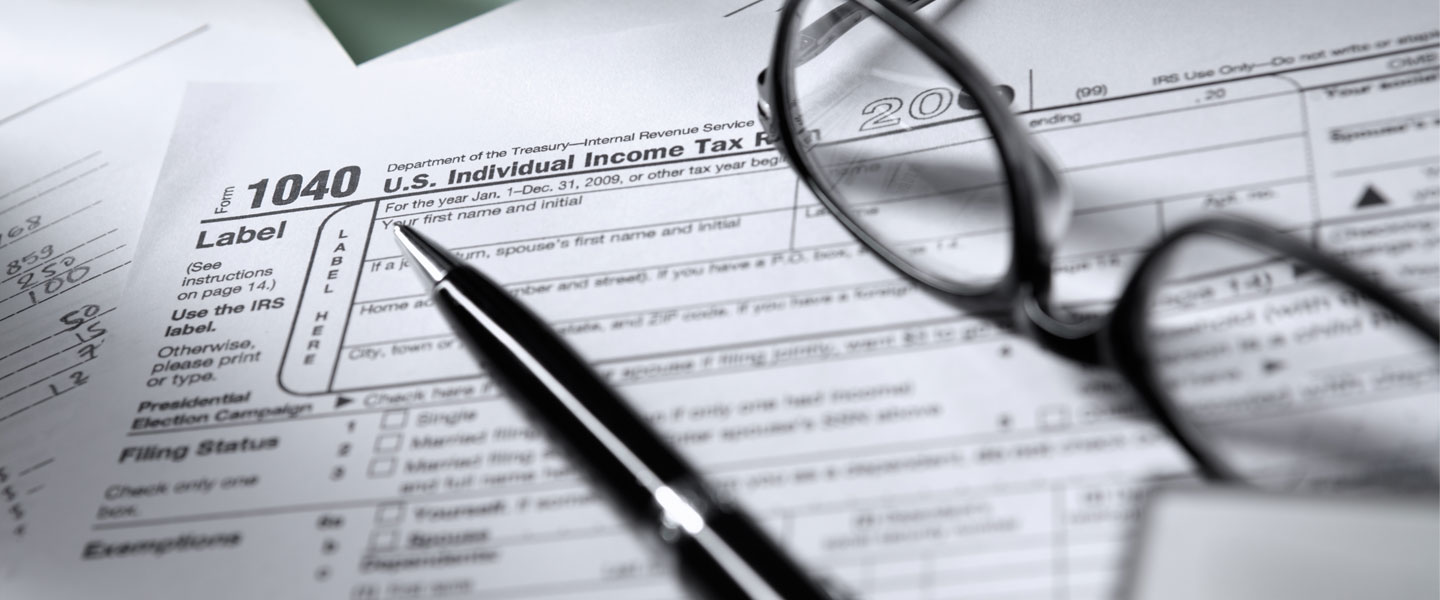Get ready for taxes
Easy steps taxpayers can take now to make tax filing easier in 2022
WASHINGTON — The Internal Revenue Service today encouraged taxpayers, including those who received stimulus payments or advance Child Tax Credit payments, to take important steps this fall to help them file their federal tax returns in 2022.
Planning ahead can help people file an accurate return and avoid processing delays that can slow tax refunds.
This is the first in a series of reminders to help taxpayers get ready for the upcoming tax filing season. A special page, updated and available on IRS.gov, outlines steps taxpayers can take now to prepare to file a 2021 tax return next year.
Gather and organize tax records
Organized tax records make preparing a complete and accurate tax return easier. It helps avoid errors that lead to processing and refund delays. Individuals should have all their tax information available before filing to ensure the return is complete and accurate. They should notify the IRS if their address changes and notify the Social Security Administration of a legal name change.
Remember, most income is taxable. Recordkeeping for individuals includes:
- Forms W-2 from employer(s)
- Forms 1099 from banks, issuing agencies and other payers including unemployment compensation, dividends, distributions from a pension, annuity or retirement plan
- Form 1099-K, 1099-MISC, W-2 or other income statement for workers in the gig economy
- Form 1099-INT for interest received
- Other income documents and records of virtual currency transactions
Income documents can help individuals determine if they’re eligible for deductions or credits. Additionally, people who need to reconcile their advance payments of the Child Tax Credit and Premium Tax Credit will need their related 2021 information. Those who received third Economic Impact Payments and think they qualify for an additional amount will need their stimulus payment and plus-up amounts to figure and claim the 2021 Recovery Rebate Credit.
Taxpayers should also keep end of year documents including:
- Letter 6419, 2021 Total Advance Child Tax Credit Payments, to reconcile advance Child Tax Credit payments
- Letter 6475, Your 2021 Economic Impact Payment, to determine eligibility to claim the Recovery Rebate Credit
- Form 1095-A, Health Insurance Marketplace Statement, to reconcile advance Premium Tax Credits for Marketplace coverage
Online Account securely provides tax account information on IRS.gov; helps provide important filing information
Taxpayers who access Online Account can securely gain entry to the Child Tax Credit Update Portal to see their payment dates and amounts. Taxpayers will need this information to reconcile their advance Child Tax Credit payments with the Child Tax Credit they can claim when they file their 2021 tax returns.
Eligible individuals claiming a 2021 Recovery Rebate Credit can log in to their online account to see their Economic Impact Payment amounts so they can accurately claim the credit when they file.
Individuals who have not set up an Online Account yet should act soon to create an account. People who have already set up an Online Account should make sure they can still log in successfully.
Taxpayers with questions about how to create an account or how to reset their username or password can find help at How to Register for Certain Online Self-Help Tools. Individuals should act now if they need to create an account. If they’re unable to verify their identity online, there’s a mail option they can use, but that takes longer.
Taxpayers who have an Online Account may:
- View the amounts of their Economic Impact Payments
- Access Child Tax Credit Update Portal for information about their advance Child Tax Credit payments
- Approve or reject authorization requests from their tax professional
- Update their email address and opt-out/in for selected paper notice preferences
Taxpayers should make sure they’ve withheld enough tax
Individuals may want to consider adjusting their withholding if they owed taxes or received a large refund the previous year. Changing withholding can help avoid a tax bill or let individuals keep more money each payday. Life changes – getting married or divorced, welcoming a child or taking on a second job – may also be reasons to change withholding. Taxpayers might think about completing a new Form W-4, Employee’s Withholding Certificate, each year and when personal or financial situations change.
People also need to consider estimated tax payments. Individuals who receive a substantial amount of non-wage income like self-employment income, investment income, taxable Social Security benefits and in some instances, pension and annuity income should make quarterly estimated tax payments. The last payment for 2021 is due on Jan. 18, 2022.
Individuals can log in to their Online Account to make a payment online or go to IRS.gov/payments.
ITINs need to be renewed only if expired and if needed on a U.S. federal tax return
If an Individual Taxpayer Identification Number (ITIN) was not included on a U.S. federal tax return at least once for tax years 2018, 2019 and 2020, the ITIN will expire on Dec. 31, 2021.
As a reminder, ITINs with middle digits 70 through 88 have expired. In addition, ITINs with middle digits 90 through 99, IF assigned before 2013, have expired. Individuals who previously submitted a renewal application that was approved, do not need to renew again.
Want a faster refund? Getting banked speeds tax refunds with direct deposit
Direct deposit gives individuals access to their refund faster than a paper check. Those without a bank account can learn how to open an account at an FDIC-Insured bank or through the National Credit Union Locator Tool.
Veterans should see the Veterans Benefits Banking Program (VBBP) for access to financial services at participating banks.





